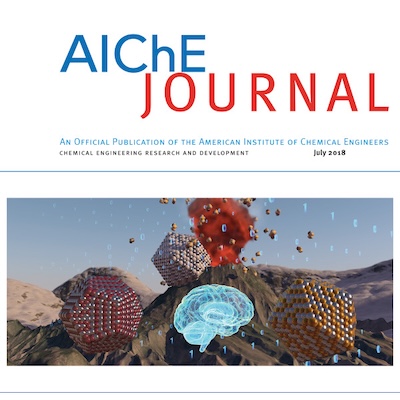Impact of diversity of morphological characteristics and Reynolds number on local hemodynamics in basilar aneurysms
AIChE Journal
Marjan Rafat, Howard A. Stone, Debra T. Auguste, Mahsa Dabagh, Amanda Randles, Martin Heller, James D. Rabinov

Summary
Morphological and hemodynamic parameters have been suggested to affect the rupture of cerebral aneurysms, but detailed mechanisms of rupture are poorly understood. The purpose of our study is to determine criteria for predicting the risk of aneurysm rupture, which is critical for improved patient management. Existing aneurysm hemodynamics studies generally evaluate limited geometries or Reynolds numbers (Re), which are difficult to apply to a wide range of patient-specific cases. Association between hemodynamic characteristics and morphology is focused. Several two-dimensional (2D) and three-dimensional (3D) idealized and physiological geometries is assessed to characterize the hemodynamic landscape between flow patterns. The impact of morphology on velocity and wall shear stress (WSS) profiles were evaluated. Slight changes in aneurysm geometry is found or Re result in significant changes in the hemodynamic and WSS profiles. Our systematic mapping and nondimensional analysis qualitatively identify hemodynamic conditions that may predispose aneurysms to rupture. © 2018 American Institute of Chemical Engineers AIChE J, 64: 2792–2802, 2018
Citation
Rafat, Marjan, et al. “Impact of diversity of morphological characteristics and Reynolds number on local hemodynamics in basilar aneurysms.” AIChE Journal 64.7 (2018): 2792-2802.
